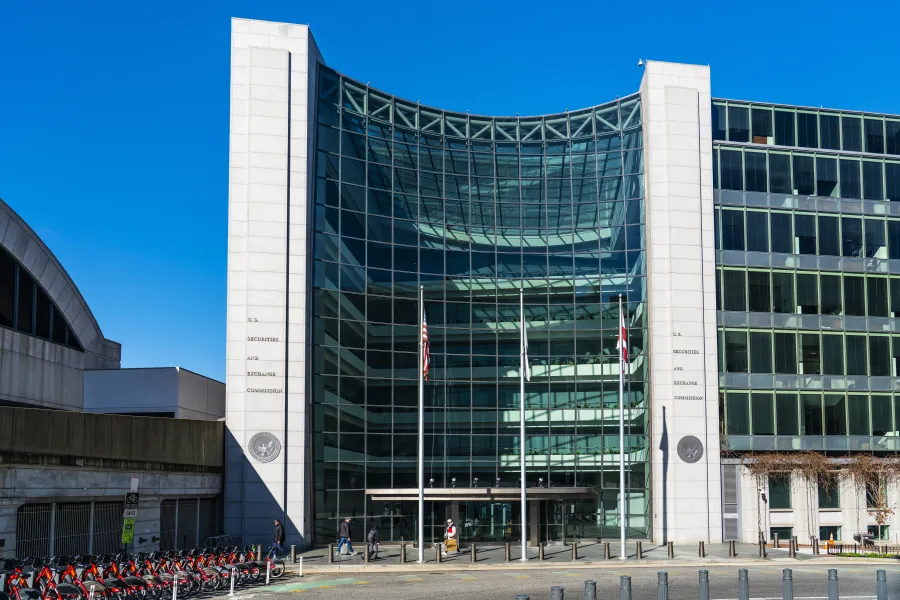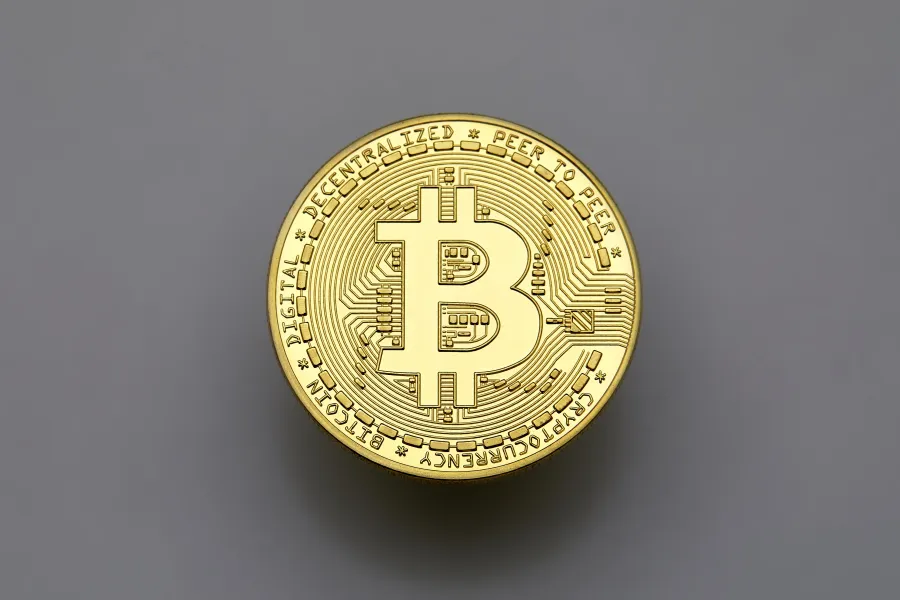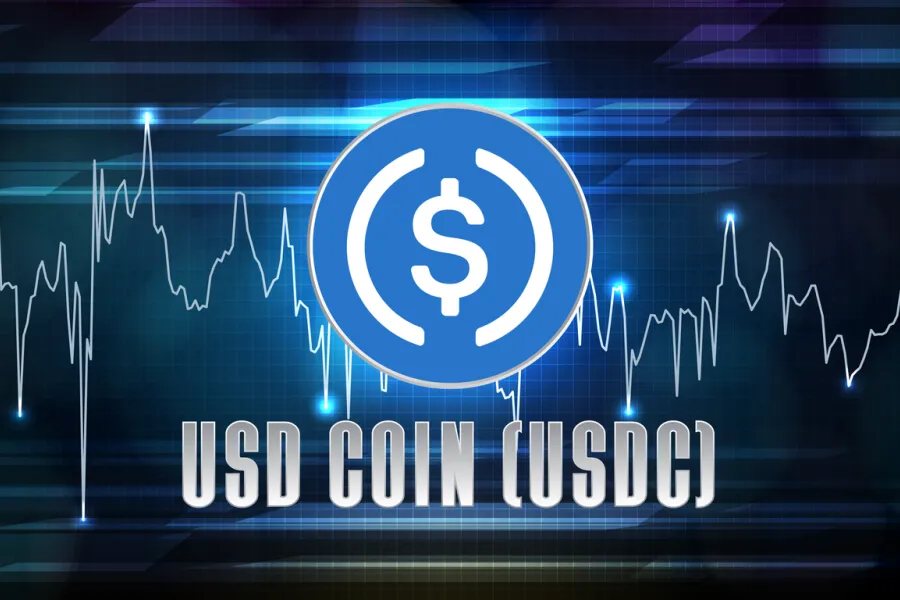Are we experiencing lightning fast adoption?
This week, our blockchain experts assessed the following topics:
- Are we experiencing lightning fast adoption?
- China tightens the screw even more
- mCBDC: A concept for future cross-border payments
- Stablecoins are an opportunity that needs to be regulated
- Market Update: It’s impossible to kill Bitcoin
Our bi-weekly Crypto Industry Report provides you with valuable information on the global crypto industry – picked and analysed by our blockchain experts.
Are we experiencing lightning fast adoption?
Twitter CEO Jack Dorsey has long come out as a Bitcoin bull. Given his optimistic stance on Bitcoin, it was only a matter of time until the social media platform would integrate the cryptocurrency. This time has now come and the option to tip with Bitcoin is currently being rolled out to users. Even though Twitter has announced to go for a global roll-out, the company is doing is step by step with only iOS users having access to the feature yet. Also, the feature has to be turned on as it is off by default.
As a matter of fact, this tipping feature is part of a bigger endeavour that lets Twitter users also connect to other payment options, including Venmo, Patreon or Cash App for example. When a tip is being carried out, Twitter isn’t processing the payments itself but connects to payment service selected. When it comes to Bitcoin, tips are being enabled by Strike in the back end. This US company is known for its outspoken youngster CEO Jack Mallers and its focus on the Lightning Network.
Lightning is picking up speed
The Lightning network is also the reason, why tips done through Twitter are lightning fast. As is increasingly becoming known, Bitcoin the asset can be transacted on its own, decentralised payment network. It functions as a second layer to the Bitcoin base protocol enabling fast and cheap Bitcoin transactions.
As of late, the Lightning network’s adoption has been accelerating. In the last thirty days, network capacity has grown almost 25% to a total of almost 3k Bitcoin that have now been transferred onto this Bitcoin second layer protocol. At the same time, the number of nodes and channels has been increasing astonishingly. While one year ago the Lightning Network had just over 7,700 nodes, it has no expanded to over 15,800. The number of channels has gone from 38,000 to nearly 73,000. More Bitcoin, more nodes and more channels mean greater capacity, which also means that Bitcoin transactions can scale.
One driver behind Lightning’s current ascent is El Salvador. For more than three weeks now, Bitcoin has been legal tender in the country. And the people on the ground seem to be using the government’s official wallet called Chivo. Only recently, El Salvador’s President Nayib Bukele has shared statistics relating to the wallet’s usage. If you believe the numbers, around 65,000 transactions are processed on average every second.
China tightens the screw even more
China is anting up the game regarding its crusade against crypto. Back in May of this year, Chinese regulator pulled the plug on Bitcoin mining. Now, just about one week ago, China’s central bank declared all crypto-related transactions illegal, effectively issuing a ban on dealings with cryptocurrencies.
This news temporarily tanked the Bitcoin price. The biggest hit though took the tokens of crypto exchanges like Huobi or OKEx that have operations on Chinese ground. Following the ban, Huobi announced that it would stop serving China-based users by the end of this year. Also, investors have taken quite a lot of cryptocurrencies off of the exchange. On September 26th, Huobi saw a net outflow of $1.34B worth of Ether, about 440K ETH. And although China’s rough stance on crypto does not directly apply to Hon Kong, the proximity China mainland has prompted FTX, crypto’s contemporary darlings among its exchanges, to move its headquarters to Bahamas.
China’s leave might motivate other countries
But not only exchanges are retreating from China. Prominent mining hardware provider Bitmain is said to move most of its production out of southern China in response to the government’s crackdown. Besides the Beijing-based Bitcoin mining manufacturer, Alibaba stopped offering any products related to cryptocurrencies. With China cracking down on crypto, other countries might seize the chance. Not only are they inviting businesses to settle within their boarders, embracing Bitcoin is also seen as taking a strategic move. In the US, some politicians have called on the US government to adopt an altogether positive stance towards crypto, since if China bans it, there must be something to it. One senator even proposed that the US should buy a strategic reserve of Bitcoin.
mCBDC: A concept for future cross-border payments
A proscribed goals of implementing central bank digital currencies (CBDCs) has been the facilitation of cross-border payments. To this day, they represent a major pain point in the current financial system. A so-called multiple CBDC system, short mCBDC, could alleviate some of the problems around cross-border payments.
One such prototype has been developed by the Bank for International Settlements’ (BIS) innovation hub in conjunction with several central bank. What originally started as Project Inthanon-LionRock has now transformed into mBridge. Part of this projects are the central bank of China, Hong Kong, Thailand and UAE.
The prototype demonstrates a substantial improvement in cross-border transfer speed from multiple days to seconds. Also several core cost components of correspondent banking could potentially be reduced. The project is DLT-based, which has resulted in cost savings of up to 50%, as the BIS wrote in the recent report. Nonetheless, as the BIS researchers also state, it is worth noting that the DLT implantation still has its limitations.
China is positive towards mBridge
Quite interesting is the fact that China seems to be part of mBridge as well. Chinese officials have made no secret that their aim with the digital yuan is to establish its currency as leading contender in international trade, thereby challenging the dominant position of the US dollar. Although it seems like that the People’s Bank of China is just joining the research effort, there might be more to China’s involvement than meets the eye. After all, by commingling with other central bank and their efforts, the Chinese can build important relationships that might help in the bolstering of their own projects across Asia.
Stablecoins are an opportunity that needs to be regulated
Talks and concerns about stablecoins won’t fade away any time soon – not until regulators have come to terms with these new blockchain-based crypto dollars. According to Elizabeth Warren, senator in the US, stablecoin issuers are the new shadow banks. As it turns out, she is not wrong about that. With a total market capitalisation that is just shy of $130 billion, stablecoins have grown into a force to be reckoned with. Indeed, the biggest stablecoin tether is among the biggest money market funds, if it was considered one.
Because privately issued stablecoins do have touching points with traditional finance, regulators couldn’t care more. If one of the bigger stablecoin issuers would get into trouble, the entire US financial system could be shaken. This is also why some people got nervous with Tether, when the fiasco around Evergrande became public. While some suspected that Tether could be holding commercial papers from the Chinese real estate agent that could get them in trouble, the stablecoin issuers was quick to point out in a statement that they do not hold any of commercial paper issued by Evergrande.
Stablecoins need to be implemented into the banking system
As reassuring as this statement was, the information asymmetry – called out by senator Warren and others – between stablecoin issuer and stablecoin holders persists. Almost no crypto intermediaries disclose information about their solvency. Insights into much needed capital buffers, as said by the Federal Deposit Insurance’s former head Sheila Bair, are none existent, even though many vocal voices within the crypto ecosystems have called for proof of reserves and the like for a long time already.
This is why, stablecoins will need to be ultimately brought into the banking system. In terms of US dollar stablecoins, a banking bank would just mean that offshore dollars already in the stablecoin system would keep on circulating offshore. As such, they would be reminiscent of the decades-old Eurodollars that have already turned into a problem back in the crisis of 2008. The same should not happen with the ever-growing pot of crypto dollars.
Market Update: It’s impossible to kill Bitcoin
Pricewise Bitcoin is currently managing to stay above a price of $40k. While many investors are waiting for lower prices to enter, some argue that they will not get what they wish for. Others believe that Bitcoin’s price action seems rather exhausted, expecting further consolidation into the $30k range. Still others are of the belief that even if Bitcoin’s price was to correct another 20%, this would not necessarily mean that there might not be another bull market in the near term.
On Twitter some investors hint to the peculiar fact that already in 2017, China banned Bitcoin and investors saw it drop significantly only to see it rise to a new all time high in December that year. Will we see a similar rerun? Obviously, nobody knows as with Bitcoin, everything is possible. Quite impossible though is the endeavour to completely ban Bitcoin. As of now, there are still 142 nodes in China enforcing, validating and running the network. This truism was just recently reiterated by Elon Musk, who said that governments can only slow but not destroy crypto. The most bullish government currently is El Salvador. In a recent Twitter post he shared a video showing the apparent progress around the mining of Bitcoin with volcanic geothermal energy. In the US on the other hand, we have seen federal reserve chairman Jerome Powell take another at talking about Fedcoin. Before the senate banking committee, he called for a collaboration with the congress when it comes to potentially create a digital dollar.
Banking Industry associations wrote a letter
Speaking of banks, a group of nine banking industry associations has submitted a letter to the Basel Committee on Banking supervision. In the letter, the group took issue with the recently proposed capital risk weight of 1,250% that banks are advised to apply to Bitcoin and other crypto holdings. While there seems to be a larger opposition to the proposal as certain elements would make bank involvement in crypto markets rather difficult, other prominent voices take a different view stating that the capital requirements are actually too low.
Share post

Auch interessant

To be continued: SEC pushes back at Coinbase
SEC pushes back against Coinbase's claim of no regulatory jurisdiction, stating the crypto exchange knowingly violated securities laws. Meanwhile, Gemini, owned by the Winklevoss twins, files a lawsuit against Digital Currency Group and CEO Barry Silbert alleging fraud and deception following the collapse of a lending venture. The Bank for International Settlements survey reveals that 93% of central banks are working on Central Bank Digital Currencies (CBDCs) which are seen as potential geopolitical policy tools and a challenge to the dollar's dominance. The race for a Bitcoin ETF intensifies, with BlackRock refiling its application featuring Coinbase as the market surveillance partner, as the Grayscale Bitcoin Trust's discount to net asset value narrows, potentially indicating the transformation into a proper ETF.

BlackRock fever: The ETF filing spree and institutional appetite
BlackRock filed for a Bitcoin ETF with the SEC, inspiring similar applications from firms like WisdomTree, Invesco, and Fidelity, and boosting Bitcoin's value. Traditional finance institutions such as Fidelity and Nasdaq are showing increased interest in crypto, with moves towards exchange and custody services. The defunct crypto exchange FTX, under new CEO John Ray III, is planning a potential revival after recovering significant assets. Meanwhile, the IMF is developing a global CBDC platform for cross-border transactions and DAI, a major stablecoin, is diversifying its backing from USDC to include real-world assets.

SWIFT explores blockchain interoperability
SWIFT has partnered with Chainlink to experiment with leveraging its infrastructure for transferring tokenized value across blockchain networks. The trials will address interoperability, regulatory challenges, and operational drawbacks for financial institutions in a blockchain environment. Chainlink will provide connectivity between private and public blockchains. SWIFT's findings will be published later this year.

China wants an Internet 3.0, while Hong Kong gears up for crypto trading launch
China is striving for advancement in Internet 3.0 technologies, with Beijing's white paper outlining plans to invest in the development of the metaverse and Web3 tech such as non-fungible tokens, but not cryptocurrencies due to the country's previous ban. Meanwhile, Hong Kong is launching its new crypto trading regulations, allowing retail investors to participate from June 1, 2023, with exchanges like Huobi Hong Kong beginning to offer spot trading to retail and institutional clients. Furthermore, the Cybersecurity and Technology Crime Bureau of the Hong Kong Police Force is launching a metaverse platform, 'CyberDefender', to educate the public about potential threats and crime prevention in the metaverse.

BRC-20: Innovating on Bitcoin is the new cool
A new Bitcoin “token standard” called BRC-20 is the hottest thing right now in the crypto space. It was introduced in March 2023 by a pseudonymous person called Domo. Bitcoin Request for Comment 20 (BRC-20) is an experiment that brings fungible tokens to the Bitcoin blockchain using the Ordinals protocol. Ordinals rely on ordinal theory, enabling the identification and tracking of individual satoshis within Bitcoin's existing supply, while also allowing them to be inscribed (associated) with data. Through this technique, satoshis (sats) are given ordinal numbers starting with zero. Anyone can add a script file to a sat to create and transfer a BRC-20 token on the Bitcoin blockchain. BRC-20 tokens are created using three functions: deploy, mint, and transfer.

US versus EU: Giants fighting for regulatory clarity
It is official now: The European Parliament voted overwhelmingly in favour of Markets in Crypto Assets (MiCA), legislation that will guide the crypto sector in all 27 European Union member states. 517 parliament members voted for it, while 38 voted against it. This approval makes Europe the first continent with comprehensive rules for cryptocurrencies. Also, it means that all EU member states will have unified crypto regulations. So, if a crypto business is approved in one EU member country, it could easily expand operations to another member state. The EU’s milestone was lauded by Binance as well as Kraken and Coinbase.

Ethereum: Another milestone reached with the Shanghai Update
On April 12, 2023, Ethereum successfully executed the planned Shanghai update also known as Shapella. The upgrade allows validators to unstake their staked ETH and withdraw their rewards, as well as staked ether if chosen. Now that another level of uncertainty has waned for the biggest smart contract blockchain, this new feature could attract more investors to stake their ether.

CFTC versus Binance:
Clash of the titans
The world’s leading crypto exchange by volume, Binance, alongside its CEO, Changpeng Zhao, and ex-Chief Compliance Officer, Samuel Lim, are being sued by the US Commodity Futures Trading Commission (CFTC).

Stablecoin USDC briefly lost its
peg. What do we learn from this?
One of the top stablecoins by market cap, USD Coin (USDC), de-pegged briefly from the US dollar on March 11 following the collapse of Silicon Valley Bank (SVB). Circle, the stablecoin’s issuer, held $3.3 billion in USDC reserves with the bank, which caused panic as investors rushed to withdraw their funds, assuming USDC could implode because of insufficient backing. However, the amount represented less than 8% of the stablecoin’s reserves.

Ethereum Shanghai upgrade pushed to April: Will there be too much selling pressure?
Ethereum stakers have been eagerly awaiting the Shanghai upgrade, which will enable them to withdraw their staked ether. Stakers’ funds have been locked since Ethereum introduced the proof-of-stake Beacon Chain in December 2020. The upgrade was originally slated to take place sometime in March but was pushed by about two weeks to April during a recent execution layer meeting.